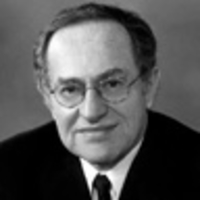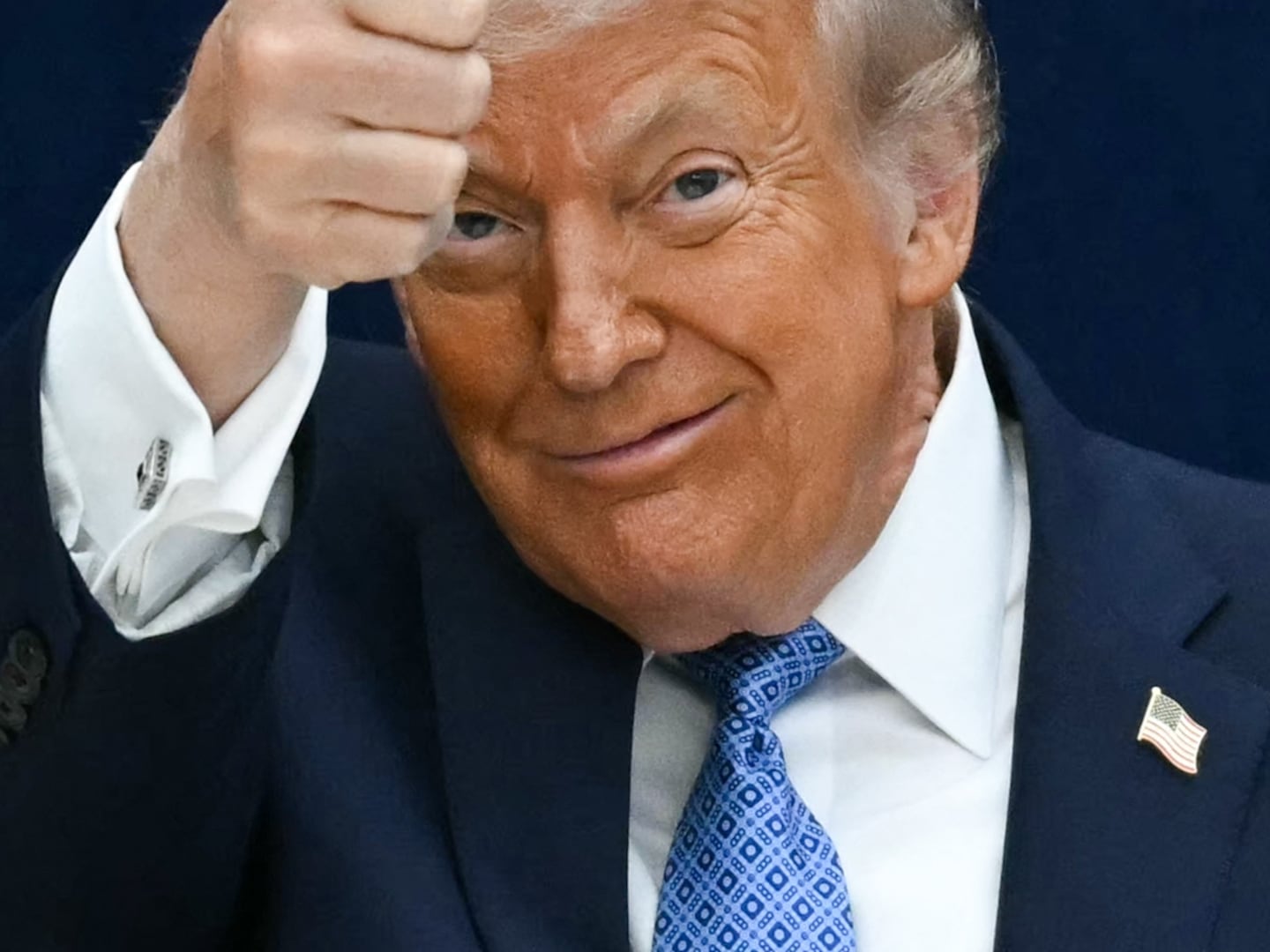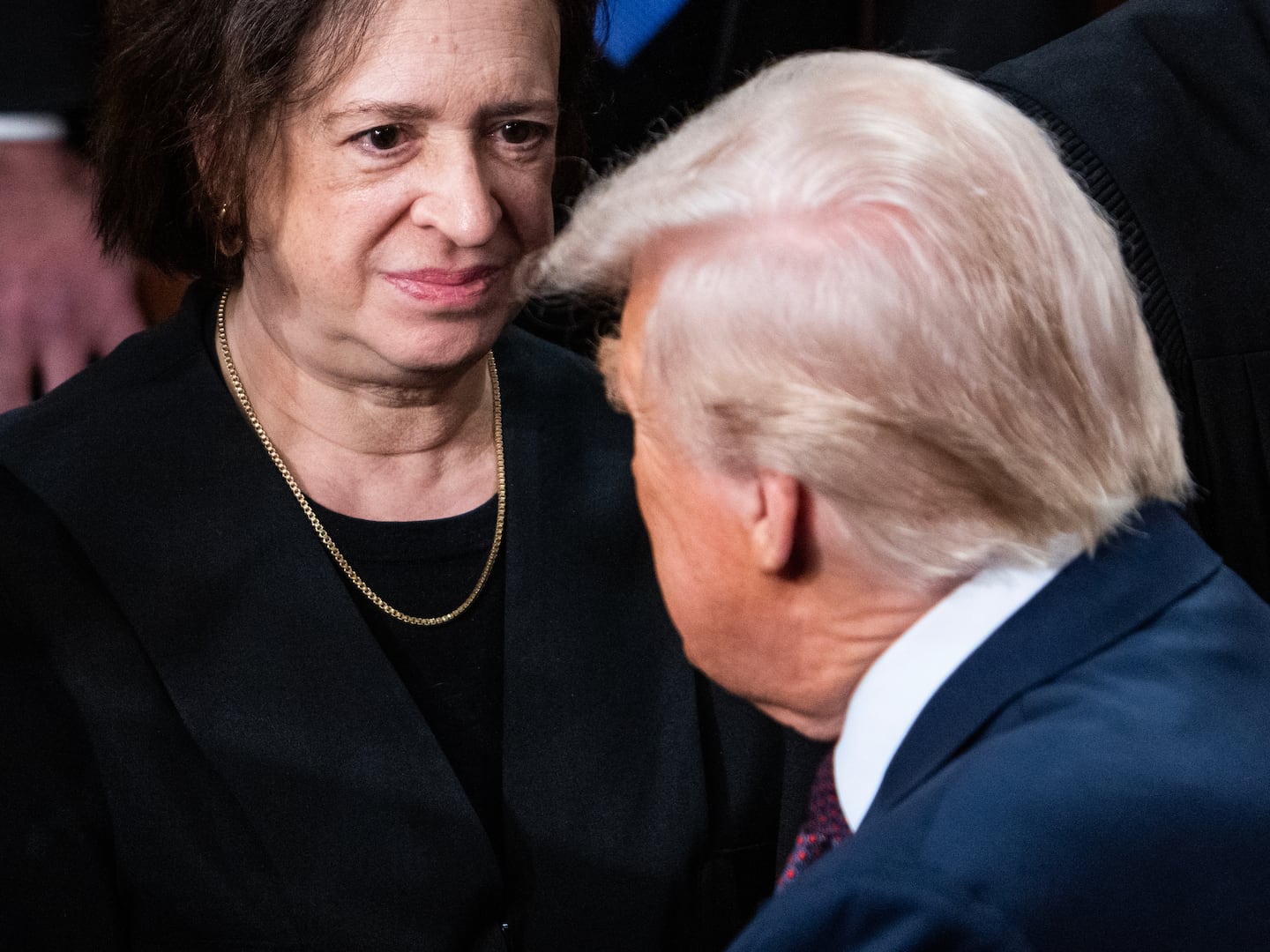
What was the Yale Press thinking? I'm not talking about their recent decision to censor the illustration of the Danish cartoon and other art that depicted Muhammad from Jytte Klausen’s book The Cartoons That Shook the World. I'm talking about their original decision to publish a scholarly book about the cartoon controversy, which they had to know would include controversial illustrations. I like the Yale Press and its editors. I've published with them. They are professionals, and they do not shy away from controversy. They are also very smart. Smart publishers know one thing for sure: It's far easier to exercise discretion in deciding to decline to publish a book than to agree to publish it and then try to censor its contents.
One of the worst implications of this entire episode is that censorship will be asymmetrical: Only those groups, particularly Islamic extremists who credibly pose a threat of violence, will get their way.
I suspect that the original decision to publish the book was made by a different group than those who ultimately decided that the cartoons had to be censored. The Yale University Press is, and is not, independent of Yale University itself. It is surely independent when it comes to making routine decisions about which scholarly books deserve the imprimatur of so distinguished a university publisher. But when it comes to issues of university security—the physical safety of the students and faculty—the university administration clearly has a vote, if not a veto. There have also been suggestions by scholar Martin Kramer that funding from Arab sources, particularly Saudi Arabia, may have had a thumb, or at least a pinkie, on the decisional scale. I am not in a position to evaluate these suggestions.
Whatever the reason for the decision to pull not only the cartoons themselves but also some historical artistic depictions of Muhammed, the precedent is frightening. It incentivizes violent extremists to escalate their campaign of censorship against anything they deem insensitive to the most extreme form of Islam. The one reality that history teaches clearly is that the voracious appetite of the censor is never satisfied. There will now be more calls for censorship of “offensive” material, and more threats of violence. The director of the Yale Press may have a point when he said:
The turning point for me was when I was able to see it less as an issue of censorship because we are not suppressing original material. …We are just not reprinting what was available elsewhere. … At that point, it became a security issue and not a censorship issue.
But would he really have made a different decision if the material deemed offensive were “original”—say a new cartoon depicting Muhammed railing against Muslims who demand censorship in his name. Indeed one of the purposes of the censored historical artwork was, according to Professor Sheila Blair of Boston College, an expert who favored publishing the images, to disprove “the mistaken notion that all Muslims object to depicting the Prophet, when some cultures have rich traditions of doing so.” Indeed, her own previous book “had contained such images without a word of protest.”
One of the worst implications of this entire episode is that censorship will be asymmetrical: Only those groups, particularly Islamic extremists who credibly pose a threat of violence, will get their way. Other groups—for example, Jews who are offended by Holocaust denial—will simply have to accept being offended, because they do not respond by murdering those who offend them.
Yale University and Yale Press are private institutions, not subject to the constraints of the First Amendment. It is interesting to consider whether a public university or a public university press have the option to censor on the grounds that certain material might "incite" violence? Public institutions are bound by the First Amendment, which may provide an exception for "fighting words.” But it is unclear whether this broad exception still exists, and if it does whether it includes printed (rather than spoken) words (or in this case pictures) that are not intended by the speaker (or writer) to incite violence, but that may cause others to engage in violent protests.
The test of that issue may come in the Supreme Court—not only because it is our court of last resort, but because a wall sculpture inside the Supreme Court building includes a depiction of Muhammed among the world’s great law-givers. What if Islamic extremists threatened violence against the justices unless this depiction was chiseled out of the sculpture? Would—could?—the justices capitulate in the name of safety, as Yale did?
These are not easy issues, and I understand why Yale felt it had to do what it did. But the issues will only get harder as a result of Yale’s decision to capitulate to what are sure to be increasing demands for censorship out of fear of unlawful and immoral violence.
Professor Alan M. Dershowitz is Brooklyn native who has been called “the nation’s most peripatetic civil liberties lawyer” and one of its “most distinguished defenders of individual rights.” He is the Felix Frankfurter Professor of Law at Harvard Law School. Professor Dershowitz is the author of 27 fiction and nonfiction works.






